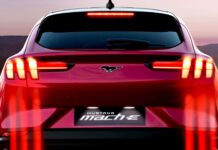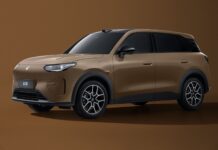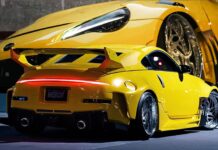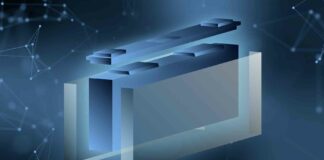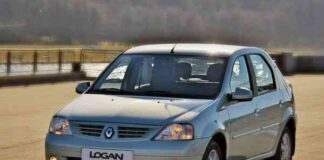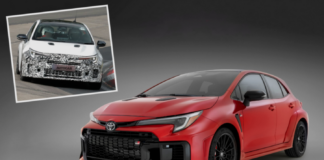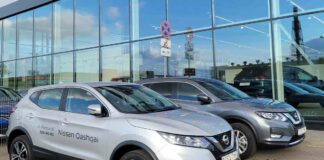Jaguar Land Rover (JLR) is relaunching the Freelander as a standalone brand, initially focused on the Chinese market. The all-new Freelander SUV, developed through JLR’s joint venture with Chery, is set to debut in the coming months, marking a significant shift in the brand’s strategy for the world’s largest automotive market.
China-First Strategy
The decision to revive the Freelander as a separate brand underscores the growing importance of the Chinese market for JLR. Rather than integrating the model into Land Rover’s existing lineup, the company is positioning it as a distinct offering tailored to Chinese consumer preferences. This move allows JLR to leverage its partnership with Chery while maintaining a degree of brand separation.
Plug-In Hybrid Powertrain
The new Freelander will be built on Chery’s T1X platform, currently used for Jaecoo, Omoda, and Chery-branded vehicles. Unlike many recent Chinese SUV launches that prioritize fully electric models, the Freelander will be a plug-in hybrid. This choice suggests JLR is responding to practical consumer needs in China, where hybrid vehicles offer a balance of fuel efficiency and range.
Design and Identity
JLR China president Qing Pan has stated that the new Freelander will “echo the original spirit” of the vehicle while appealing to technologically savvy Chinese consumers. The design direction remains uncertain, with JLR facing a choice between aligning the Freelander with its existing Land Rover models or diverging to create a distinct identity, similar to Audi’s strategy in China.
Production and Distribution
The Freelander will be produced at the Chery Jaguar Land Rover (CJLR) plant in Changshu. Production of the Land Rover Discovery Sport and Range Rover Evoque at this facility will cease by the end of the year to make way for the new model. The vehicle will be sold through a dedicated dealership network operated by Chery, further cementing the brand’s independence within the Chinese market.
Historical Context
The original Freelander, introduced in 1997, and its 2006 successor, remained in production until 2015. The revival of the name as a separate brand highlights JLR’s willingness to adapt its product strategy to meet regional demands. The success of the new Freelander could prove crucial for JLR’s growth in China.
JLR’s Operational Recovery
Alongside the Freelander relaunch, JLR has announced a return to pre-cyberattack production levels. Despite this recovery, the company reported a 24% revenue decline in the second quarter, totaling £4.9 billion, and a 16% decline for the first half, reaching £11.5 billion. The Freelander’s success is therefore critical, not only for market expansion but also for stabilizing JLR’s financial performance.
The new Freelander represents a calculated bet on the Chinese market. By creating a standalone brand tailored to local preferences, JLR aims to capture a significant share of the world’s largest automotive market while navigating the challenges of economic recovery and cybersecurity threats












